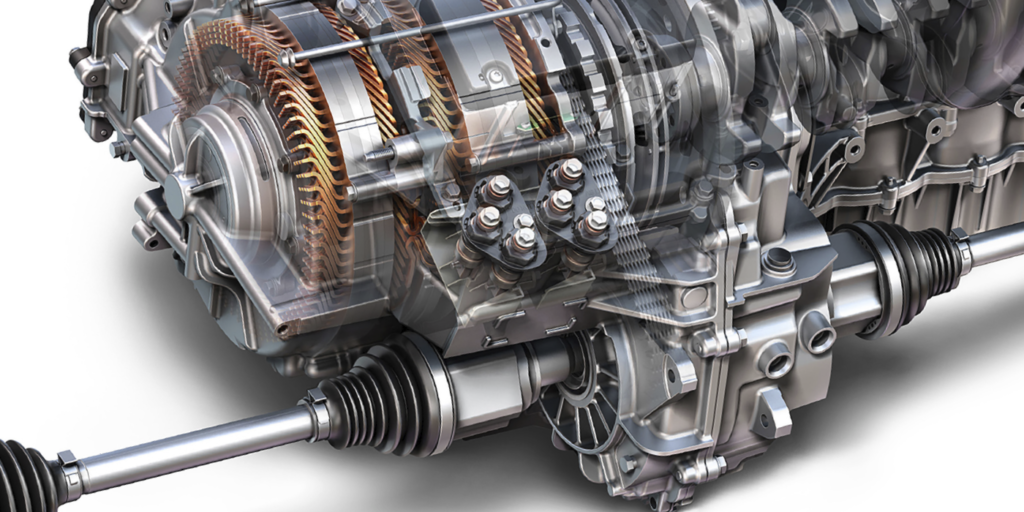Scenario 1:
You’ve just changed a 4EAT/AWD transmission or rear differential and now the rear axle is binding during the road test.
Scenario 2:
The customer has brought his vehicle in complaining about a shudder when turning (rear axle binding). He tells you that the problem has occurred since the transmission or rear differential was changed.
Possible Cause:
Improper front-to-rear axle ratio match. Use the following steps to determine if the ratios are the same or different without removing the transmission.
Service Procedure:
1. Position the vehicle on the ground.
2. Lift one side of the vehicle so the tires are off the ground. Block the wheels on the other side of the vehicle as a safety precaution. If you’re lifting the vehicle with a floor jack, place the jack stands under the vehicle.
3. With a marking crayon, place a mark on the two raised tires at the 6 o’clock position.
4. Open the hood and disconnect the main wiring harness for the transmission or unplug the TCU. This will put the transmission in its fail-safe mode.
5. Place the transmission gear selector in neutral.
6. Start the engine.
7. Manually rotate one of the raised tires through at least five rotations.
8. If both axle ratios are the same, the marks on the tire should be in the same positions. If not, the axle ratios are different.
Note: This procedure cannot be done on a 1991 Legacy Turbo or SVX using a limited slip rear axle.
Caution: Extreme caution should be used whenever you are working on a running vehicle. On manual transmission vehicles, be sure to firmly set the parking brake. On automatic transmission vehicles, be sure that the shift lever is not placed into any drive ranges and that the parking brake is firmly set. If you suspect that the differential may be locked due to internal damage, do not perform this test. Make sure nobody is around the vehicle while conducting this test other than the person performing it.
Technical service bulletin courtesy of Mitchell 1.
For more information on Mitchell 1 products and services, automotive professionals can log onto the company’s website at www.mitchell1.com.













